Introduction
Hi All,this is my 3rd blog.Really enjoying sharing my learning
through these blogs.This is my first blog where
I am covering a purely technical topic!
Javascript works very differently than many other programming languages.
In certain aspects it works completely different than any other languages!.There are many typical concepts in JS and 'Hoisting' is just one of them.Here in this blog I have talked about
how JS works in depth and what hoisting exactly is!
The Execution Context
Before we move on to 'hoisting',let us first understand what JS Execution Context is.
I am sure many people are not aware of what it is.
As a matter of fact,I did'nt know that such a thing existed until
a few days back!!
The Execution context is the heart of any JS program!! Even before our program starts it's execution,the execution context gets created in two phases:
- The Memory Creation Phase
- The Code Execution Phase
Let us see with a visual aid what this means.
In the memory creation phase,memory is allocated to the variables and functions.In case of variables 'undefined' is allocated and in case of functions,the whole function definition itself.Refer to the below code snippet.
What happens even before the above program starts executing?Well this is the state of the execution context before program execution.
As discussed the variables 'a' and 'b' are assigned 'undefined'(which may be regarded as a placeholder) and the 2 functions fun1() and fun2() are assigned their own function definition only.All this happens in the memory creation phase.
In the next step,i.e. in code execution phase when fun1() and fun2() gets called,a brand new execution context gets created in the code area of the global execution context.These two child execution contexts also have the memory and code
phase as shown below.
As in global execution context,here also memory gets allocated for the local variables,parameters belonging to each function.If any nested function is present then the whole function definition is assigned to that particular function.
Let's see what happens next.This is getting interesting already!
The functions were called with arguments(a & b).So at first 'undefined' was stored in place of 'x' and 'y',but in the next step the actual value gets allocated as shown below.
After each function gets executed,the individual child execution contexts gets destroyed and control comes back to the parent execution context from where the functions were invoked(the global execution context in this case).
Finally at the very end after program finished execution,the global execution context itself is destroyed and popped out from the call stack.
Eww! Call Stack!? What is that!??
Well,the call stack is where JS stores the different tasks to be performed in a particular program one after another.Call stack maintains the order of execution of execution contexts.For our example program,the call stack would be something like this:
At first the global execution context gets pushed into the stack as it is the starting point of the program.Then execution contexts of fun1() and fun2() are pushed respectively.
This was all about the execution context.I know it's quite a lot at first but it is important to know before jumping into 'hoisting'.
Hoisting
Now that we have seen what Execution Context is,let's deep dive into hoisting in JS.There is a common misconception that hoisting means variables are moved at the top of the program or something.This is not true! Nothing gets moved to the top/bottom by JS!! It's all the magic of execution context!!
Refer to the above code snippet.What do you think will be the output?
.
.
.
.
Surprise! Surprise! The output is:
inside fun1!!
undefined
Now why is that you may be wondering,well if you remember our good old friend execution context,even before the program starts execution, fun1() is assigned it's function definition and variable 'x' is assigned 'undefined'.So when fun1() gets called before initialization,it works perfectly....but printing 'x' gives 'undefined'.
Let's see another scenario...can you guess what happens in this case?
Well it prints 'undefined' for 'x' but then when fun1() is called it throws 'TypeError'.This is because fun1 here acts like a variable only and thus initialized 'undefined' just like 'x'.
This is it! yes,this is only hoisting.All you have to understand is the execution context and that's all!!
Well, you might now say that hoisting does not work on all JS objects.Like,'let' and 'const' are not hoisted.Well,that is somewhat true and there is a reason behind that.
Let's see the different type of JS variables!!
Let vs Var vs Const
As many of us know,there are three types of JS variables(let,var & const).
While 'var' was there from beginning, 'let' and 'const' were introduced few years back to avoid this issue of hoisting.
var: This is simple.When a variable is declared with keyword 'var',it gets attached to the global scope(the 'window' object).They can be reinitialized any no. of times and are hoisted.
let: variables declared with 'let' are a little more strict.Redeclaration of these variables are stricly 'NO NO!' and will result in SyntaxError.Also these variables are not attached to the global scope but in a separate scope alltogether(also referres to as the 'block scope').
const: This is pretty much similar to 'let' only.Only that,unlike 'let' variables which can be initialized later,'const' variables must be initialized at the time of declaration only and can't be reinitialized.This is also not present int the global scope but in a different scope like 'let'.
Hoisting in 'let' and 'const'
Since 'let' and 'const' are present in a different scope alltogether,hoisting does not work in a similar way like with 'var' variables.
Why does this happen?Well here also both 'a' and 'b' are assigned 'undefined' in the execution context.But since both are being accessed before initialization,they result in ReferenceError.
But with 'var' it was giving 'undefined' right? Not any 'ReferenceError'!
Yes,and that's because for the time between the declaration of 'let' and 'const' variables till the time they get initialized,they are in so called 'Temporal Dead Zone' and thus inaccessible.As a result when we try to access these
during temporal dead zone,it results in the famous 'ReferenceError'.
It's always a good practice to keep your initializations at the very top of your program to avoid any unforeseen error.
Conclusion
Wow!! This was heavy!!😅 haha!! I hope it was helpfull to some extent.When I first learnt 'hoisting' I learned it in a very wrong way.Don't want anyone to face the same! Just remember nothing gets hoisted to the top or anywhere!! It is just the execution context.
Hope you liked this.In my next blog I will try to cover another important concept in JS.Until then goodbye and thank you for taking the time to read!😊


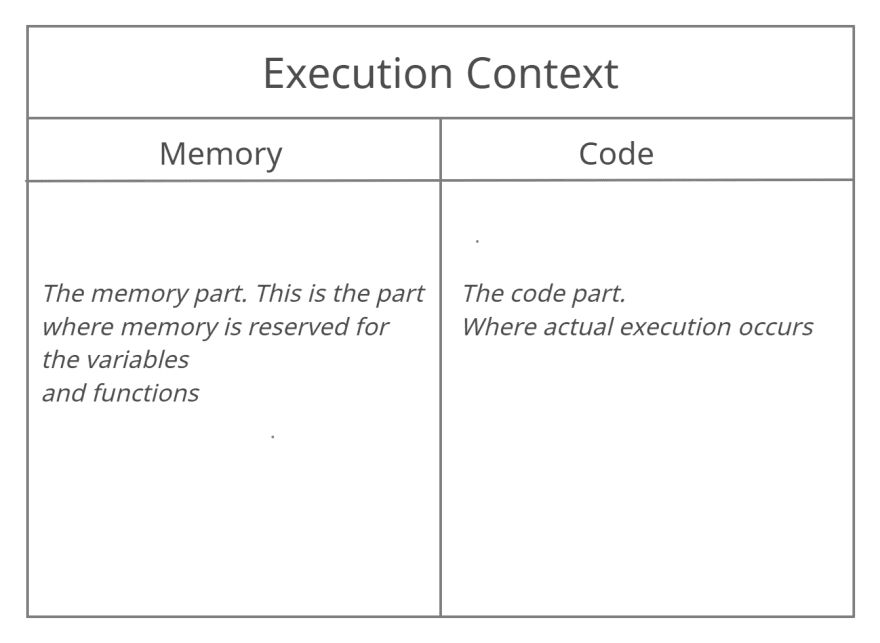
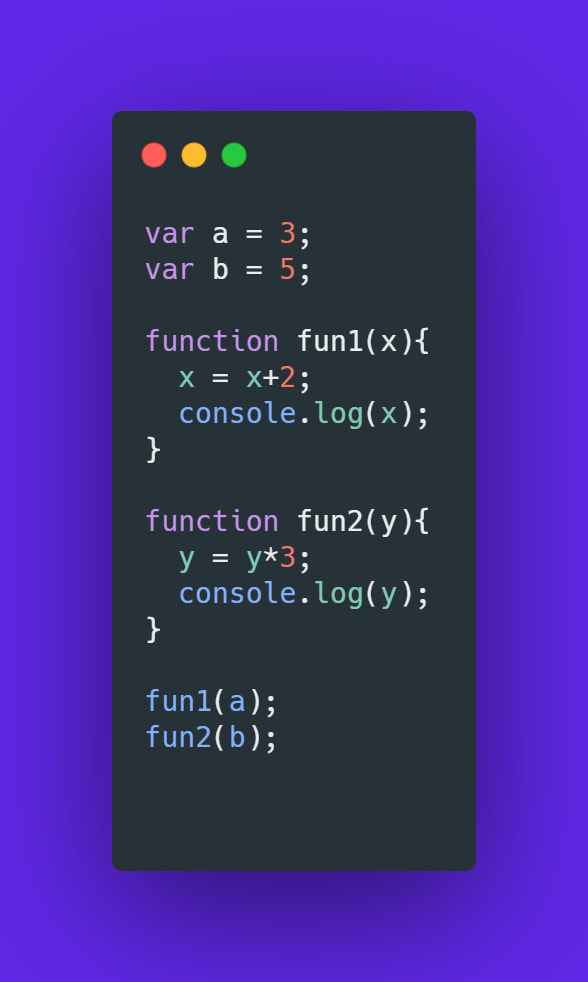

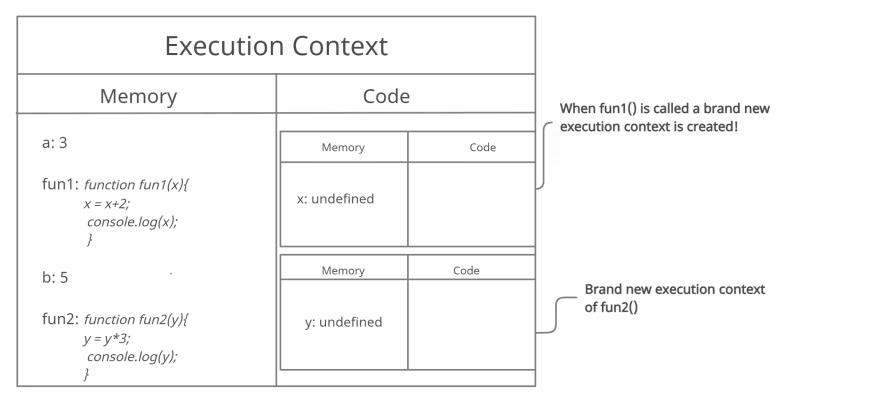


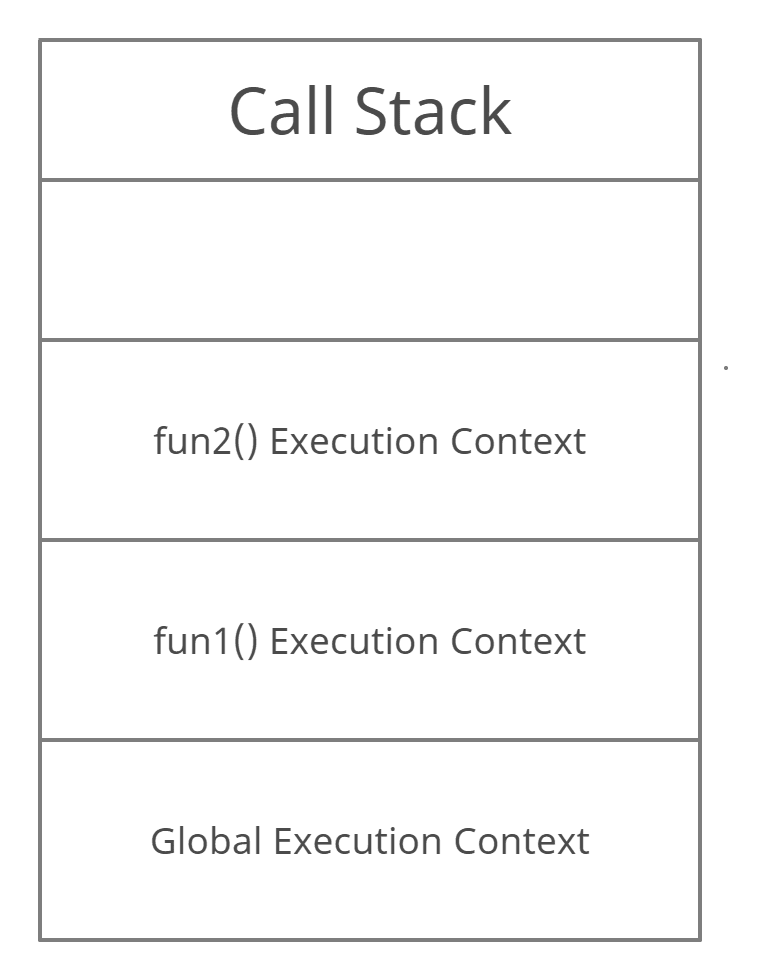
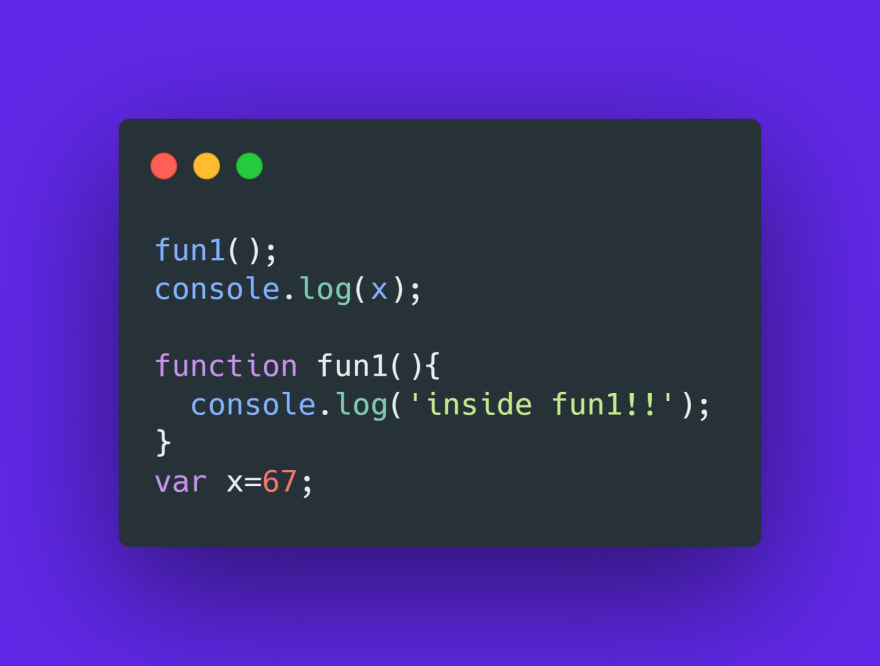
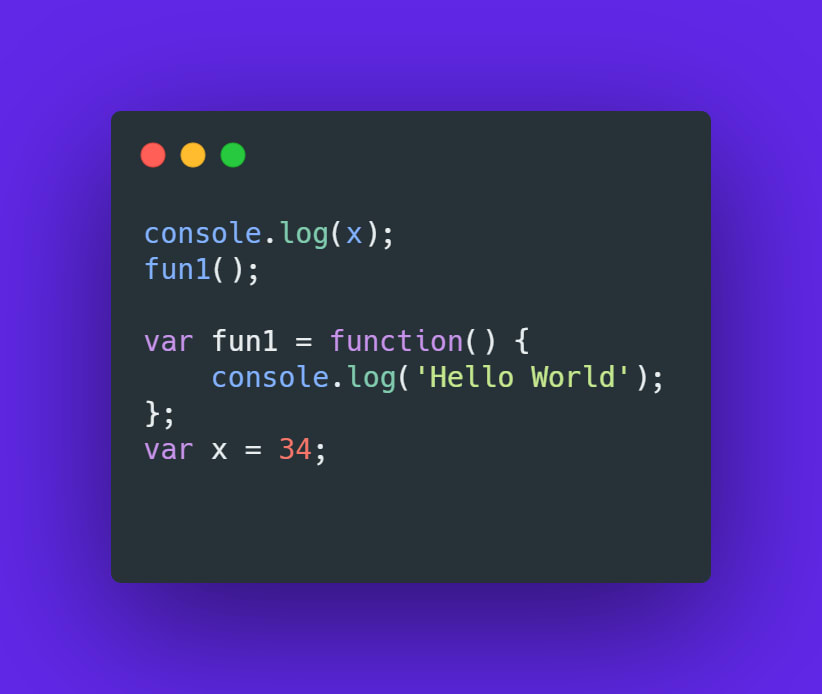
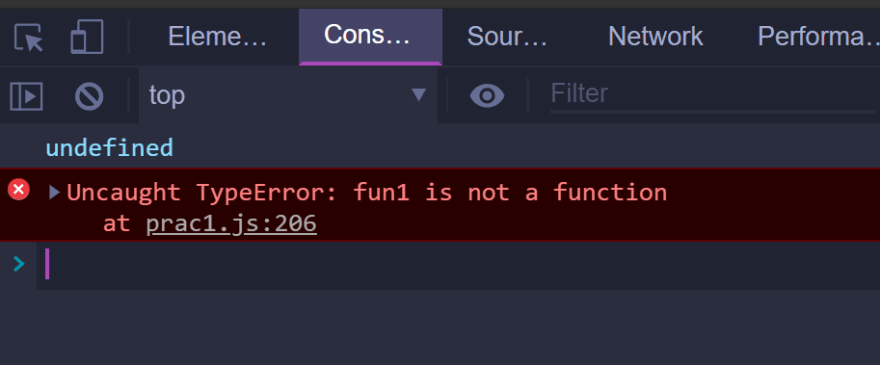
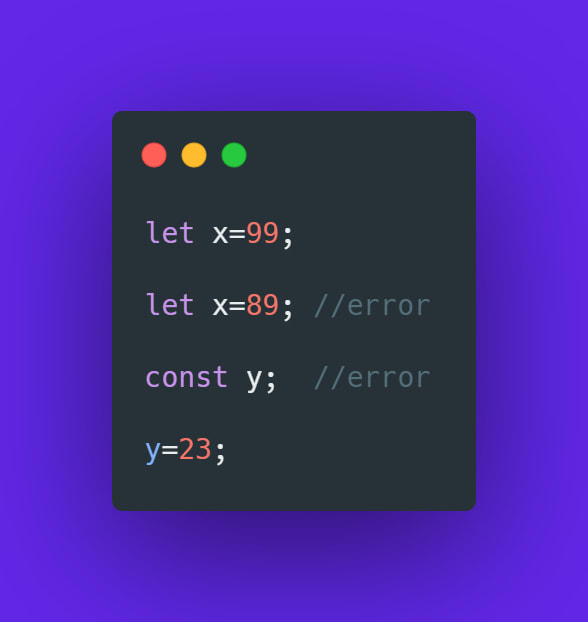
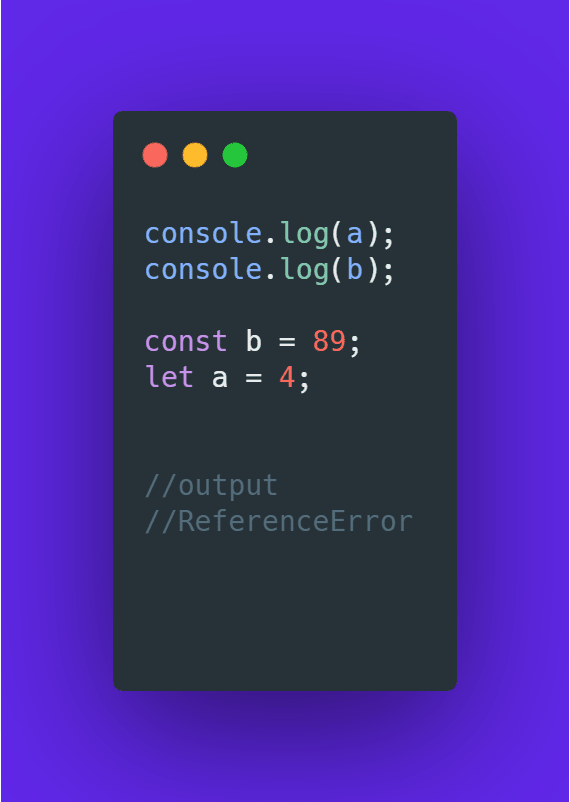





Top comments (0)